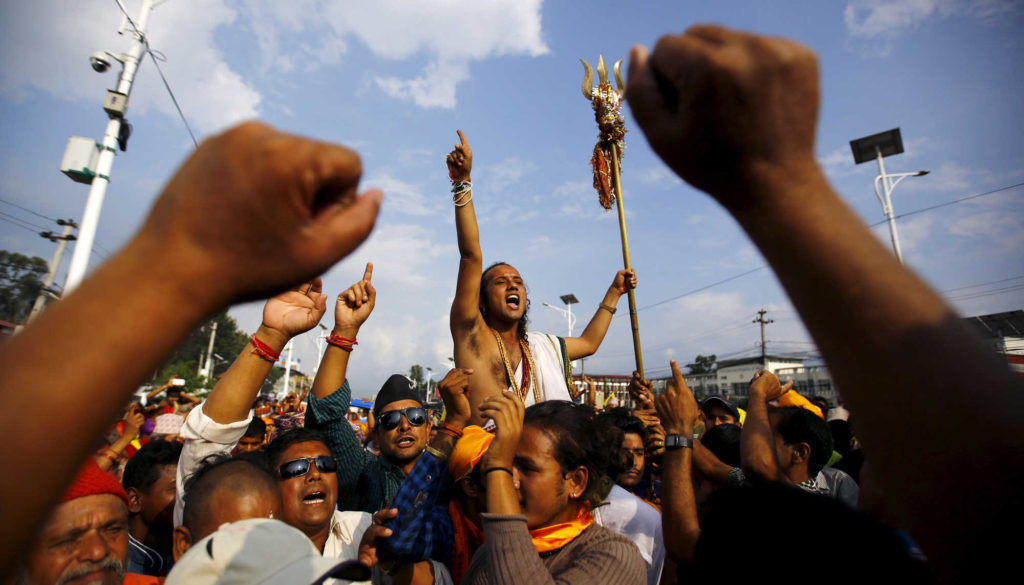
The question of how insurgencies end is crucially important. There is no consensus on how to effectively wage counterinsurgency much less end one on favorable terms. Even successful counterinsurgencies may not end decisively. In the Dupuy Insurgency Spread Sheets (DISS) database of 83 post-World War II insurgencies, interventions, and stabilization operations, 42 are counterinsurgent successes and 11 had indeterminate conclusions. Of the counterinsurgent successes, about 1/3 failed to bring about stability or achieve long-term success.
George Frederick Willcoxon, an economist with the United Nations, recently looked into the question of why up to half of countries that suffer civil conflict relapse into violence between the same belligerents within a decade. He identified risk factors for reversion to war by examining the end of civil conflict and post-war recovery in 109 cases since 1970, drawing upon data from the Uppsala Conflict Data Program, the Peace Research Institute Oslo, the Polity IV project and the World Bank.
His conclusions were quite interesting:
Long-standing international conventional wisdom prioritizes economic reforms, transitional justice mechanisms or institutional continuity in post-war settings. However, my statistical analyses found that political institutions and military factors were actually the primary drivers of post-war risk. In particular, post-war states with more representative and competitive political systems as well as larger armed forces were better able to avoid war relapse.
These findings challenge a growing reluctance to consider early elections and political liberalization as critical steps for reestablishing authoritative, legitimate and sustainable political order after major armed conflict.
The non-results are perhaps as interesting as the results. With one exception discussed below, there is no evidence that the economic characteristics of post-war countries strongly influence the likelihood they will return to war. Income per capita, development assistance per capita, oil rents as a percent of GDP, overall unemployment rates and youth unemployment rates are not associated with civil war relapse.
Equally significant is there is no evidence that the culture, religion or geopolitics of the Middle East and North Africa will impede post-war recovery. I introduced into the statistical models measures for Islam, Arab culture and location in the region. None of these variables showed statistically significant correlations with the risk of war relapse since 1970, holding everything else constant, suggesting that such factors should not distinctively handicap post-war stabilization, recovery and transition in Iraq, Libya, Syria or Yemen.
Willcoxon’s research suggested a correlation between numbers of security forces and successfully preventing new violence.
Perhaps not surprisingly, larger security sectors reduce the risk of war relapse. For every additional soldier in the national armed forces per 1,000 people, the risk of relapse is about seven percent lower. Larger militaries are better able to deter renewed rebel activity, as well as prevent or reduce other forms of conflict such as terrorism, organized crime and communal violence.
He also found that the types of security forces had an influence as well.
The presence of outside troops also has significant influence on risk. The analysis lends support to a well-established finding in the political science literature that the presence of United Nations peacekeepers lowers the risk of conflict relapse. However, the presence of non-U.N. foreign troops almost triples the risk of relapsing back into civil war. There are at least two potential interpretations on this latter finding: Foreign troops may intervene in especially difficult circumstances, and therefore their presence indicates the post-war episodes most likely to fail; or foreign troops, particularly occupying armies, generate their own conflict risk.
These findings are strikingly similar to TDI’s research that suggests that higher force ratios of counterinsurgent troops to insurgents correlate with counterinsurgent success. You can check Willcoxon’s paper out here.
